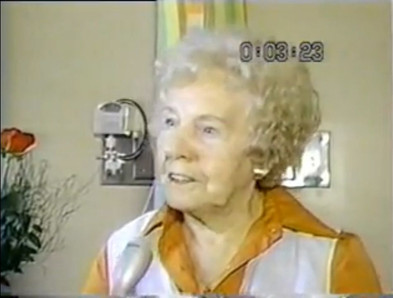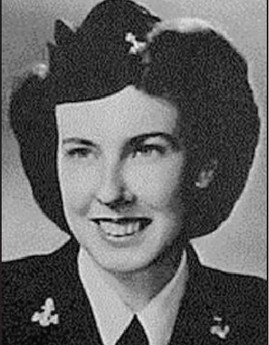Episode 81 | More Than The Black Dahlia: The Last DAys of Elizabeth Short (part two)
- Anngelle Wood
- Mar 28
- 2 min read
Updated: Mar 31

Elizabeth Short grew up in Medford, Massachusetts. Her story has the most brutal of endings. Elizabeth's death has been twisted and exploited for nearly eight decades, transforming a young woman searching for her place in the world into the infamous "Black Dahlia." Beyond the gruesome headlines lies a more poignant truth – Elizabeth was simply searching for belonging in post-war America when her life was brutally cut short in January 1947.
Elizabeth's story begins with abandonment during the Great Depression when her father faked his suicide, leaving her mother Phoebe to raise five daughters alone. Coming of age during World War II, Elizabeth witnessed profound social transformation as women entered the workforce and Hollywood's Golden Age created dreams of opportunity that drew her westward. Her nomadic existence in Los Angeles – moving between hotels, apartments, and boarding houses – reflected her struggle for stability in a city that promised much but delivered little.
The medical precision of her murder points to a killer with anatomical knowledge, possibly connected to a medical school. Her body was bisected using a surgical technique called hemicorporectomy, completely drained of blood, and meticulously cleaned – all suggesting methodical expertise rather than frenzied violence. This clinical approach connects to a disturbing pattern of unsolved murders of women in Los Angeles between 1943-1949, raising questions about a possible serial killer targeting vulnerable women.
Among the numerous suspects, Dr. George Hodel emerges as particularly compelling – a well-connected physician named as a prime suspect by a 1949 grand jury. His own son, former LAPD detective Steve Hodel, believes his father responsible not only for Elizabeth's murder but potentially for other unsolved cases from that era.
Elizabeth deserves to be remembered as more than just a gruesome case study. She was a young woman with hopes and dreams, searching for her place in a world recovering from war. Her story reminds us of our responsibility when exploring true crime – to honor victims by recognizing their humanity first, separating sensationalism from truth, and treating their stories with the dignity they deserve.







































































